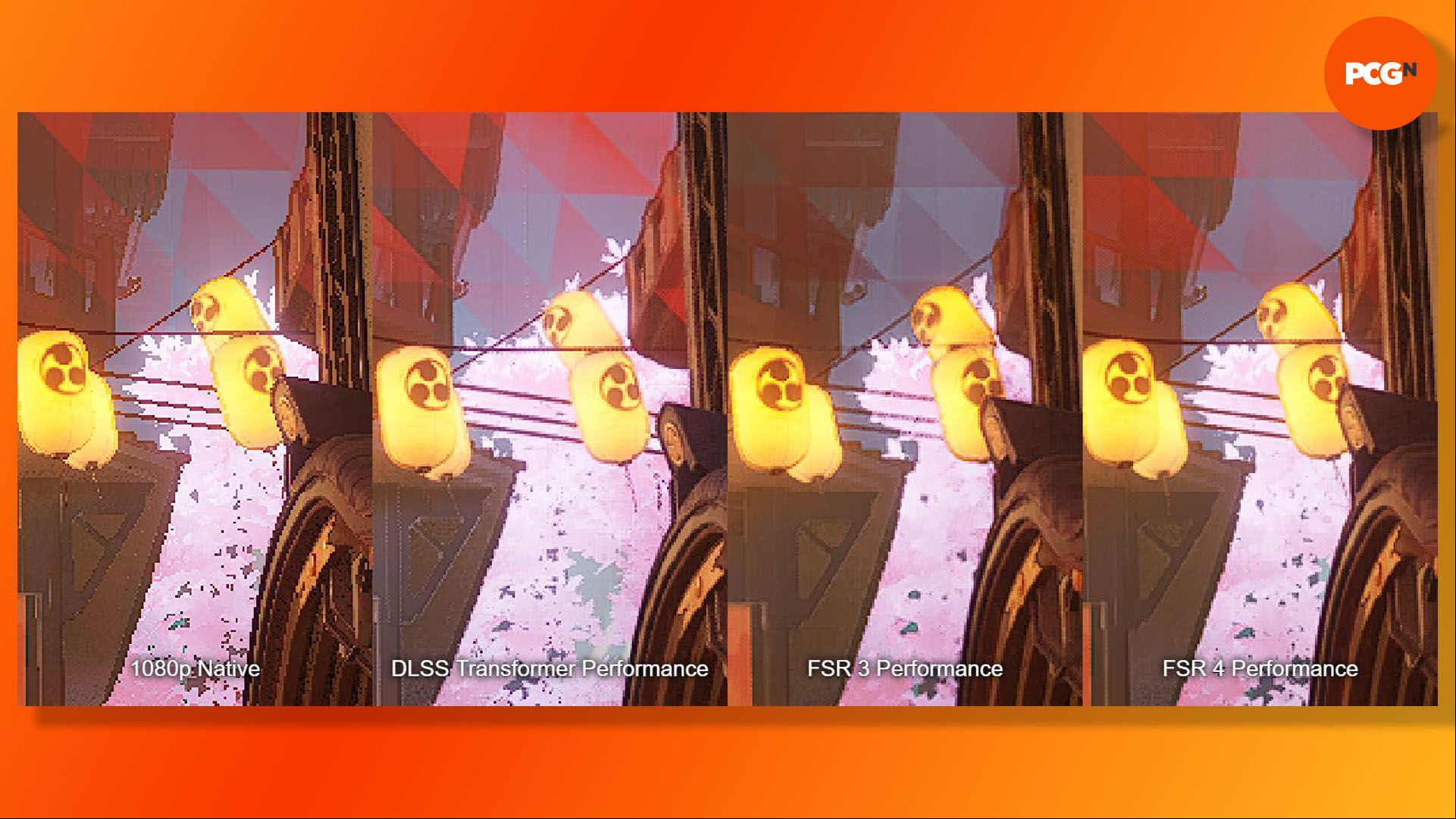AMD has pulled off a miraculous comeback with its new GPUs, with the AMD Radeon RX 9070 XT practically pointing and laughing at the RTX 5070 as it sputters with 12GB of VRAM. It's not just the new GPUs that wowed me with this launch, though, but also the feature set with FSR 4, and AMD just needs to make one change to this feature set to knock one of Nvidia's key competitive advantages out of the running – make FSR 4 an open standard that will run on Nvidia Tensor cores.
Can it be done? After enjoying my first Nvidia Tensor cores, although last-gen AMD GPUs might struggle with it. It's just a case of whether AMD wants to open it up or not.
Conversely, of course, there's also a good chance that the vastly-improved AI cores on AMD's latest GPUs could run FSR 4 upscaling could make all the difference.
Of course, you could argue that AMD only opened up previous versions of FSR to all GPUs because it knew it was at a competitive disadvantage. Let's face it, until AMD FSR 4 came along, FSR was bad. Even on the Quality preset you could expect your eyes to be assaulted with horrible digital noise surrounding the edges of moving objects, with ghosting and visible trails, while the rest of the game looked blurry. It's not so bad on a tiny Steam Deck screen, but you really notice it on a 4K monitor. Until now, if you wanted upscaling with reasonable image quality, DLSS was the only way, and Nvidia extended its advantage even further when it launched DLSS 4 with the transformer model earlier this year.
AMD might have been able to say that FSR would work on any GPU, but the obvious answer to that point is, "yeah, but why would you want to?" Comparatively, Nvidia's DLSS tech is proprietary and only runs on GeForce RTX GPUs. If a game launches with only DLSS , and no FSR , as we saw with Indiana Jones and the Great Circle at the end of 2024, then you instantly see a benefit from owning an Nvidia GPU.

With FSR 4, though, the tech is genuinely good. It's better than Nvidia DLSS with the CNN model, and it's close to the image quality achievable with the new Nvidia transformer model (I actually struggle to tell the difference). If FSR 4 was an open standard that also worked on Nvidia GPUs, it would be much more likely to get widespread game , and such a strategy could even end up with a universal AI upscaling system being adopted that works on all GPUs. That might seem like a pipedream, but it's basically happened with active sync.
When G-Sync to be enabled on most FreeSync monitors anyway – I happily run G-Sync on my AOC U28G2GR4 monitor, and that doesn't have any G-Sync at all.
That's what can happen when you open up your standards, and it's really good for gamers. AMD might want to hug FSR 4 tight to its chest and keep it as a proprietary tech, but I'd advise the company against doing that. Nvidia DLSS is the industry standard for upscaling now, and you're going to really struggle to compete if you keep your equivalent behind a locked door. Open it up, though, and we could have a genuinely great upscaling tech that works across all GPUs.
So AMD, today I'm calling on you to do the right thing. If it's technically possible, let's make FSR 4 work on every GPU with compatible AI hardware. Give FSR 4 to everyone, and you could potentially get your GPU market share out of limbo, and remove one of the main weapons in Nvidia's proprietary armory.
For more information about FSR 4, check out my AMD Radeon RX best graphics card if you're thinking about buying a new GPU now.
You can follow us on Google News for daily PC games news, reviews, and guides. We've also got a vibrant community Discord server, where you can chat about this story with of the team and fellow readers.
